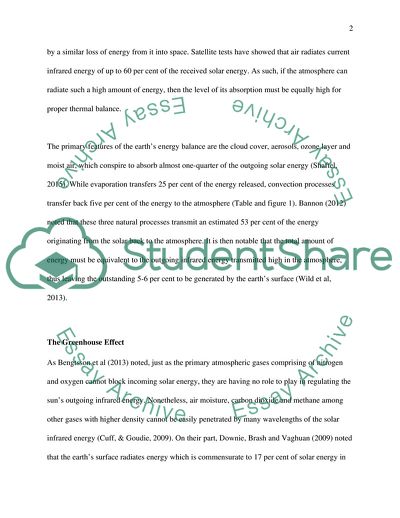Cite this document
(The Regulation of the Atmospheres Energy Coursework, n.d.)
The Regulation of the Atmospheres Energy Coursework. https://studentshare.org/geography/1858898-explain-the-main-features-of-the-earths-energy-balance-and-then-discuss-the-relative-importance-of-human-and-natural-factors-that-have-contributed-to-variations-in-the-energy-balance-of-the-earth-over-the-past-400-years
The Regulation of the Atmospheres Energy Coursework. https://studentshare.org/geography/1858898-explain-the-main-features-of-the-earths-energy-balance-and-then-discuss-the-relative-importance-of-human-and-natural-factors-that-have-contributed-to-variations-in-the-energy-balance-of-the-earth-over-the-past-400-years
(The Regulation of the Atmospheres Energy Coursework)
The Regulation of the Atmospheres Energy Coursework. https://studentshare.org/geography/1858898-explain-the-main-features-of-the-earths-energy-balance-and-then-discuss-the-relative-importance-of-human-and-natural-factors-that-have-contributed-to-variations-in-the-energy-balance-of-the-earth-over-the-past-400-years.
The Regulation of the Atmospheres Energy Coursework. https://studentshare.org/geography/1858898-explain-the-main-features-of-the-earths-energy-balance-and-then-discuss-the-relative-importance-of-human-and-natural-factors-that-have-contributed-to-variations-in-the-energy-balance-of-the-earth-over-the-past-400-years.
“The Regulation of the Atmospheres Energy Coursework”. https://studentshare.org/geography/1858898-explain-the-main-features-of-the-earths-energy-balance-and-then-discuss-the-relative-importance-of-human-and-natural-factors-that-have-contributed-to-variations-in-the-energy-balance-of-the-earth-over-the-past-400-years.


